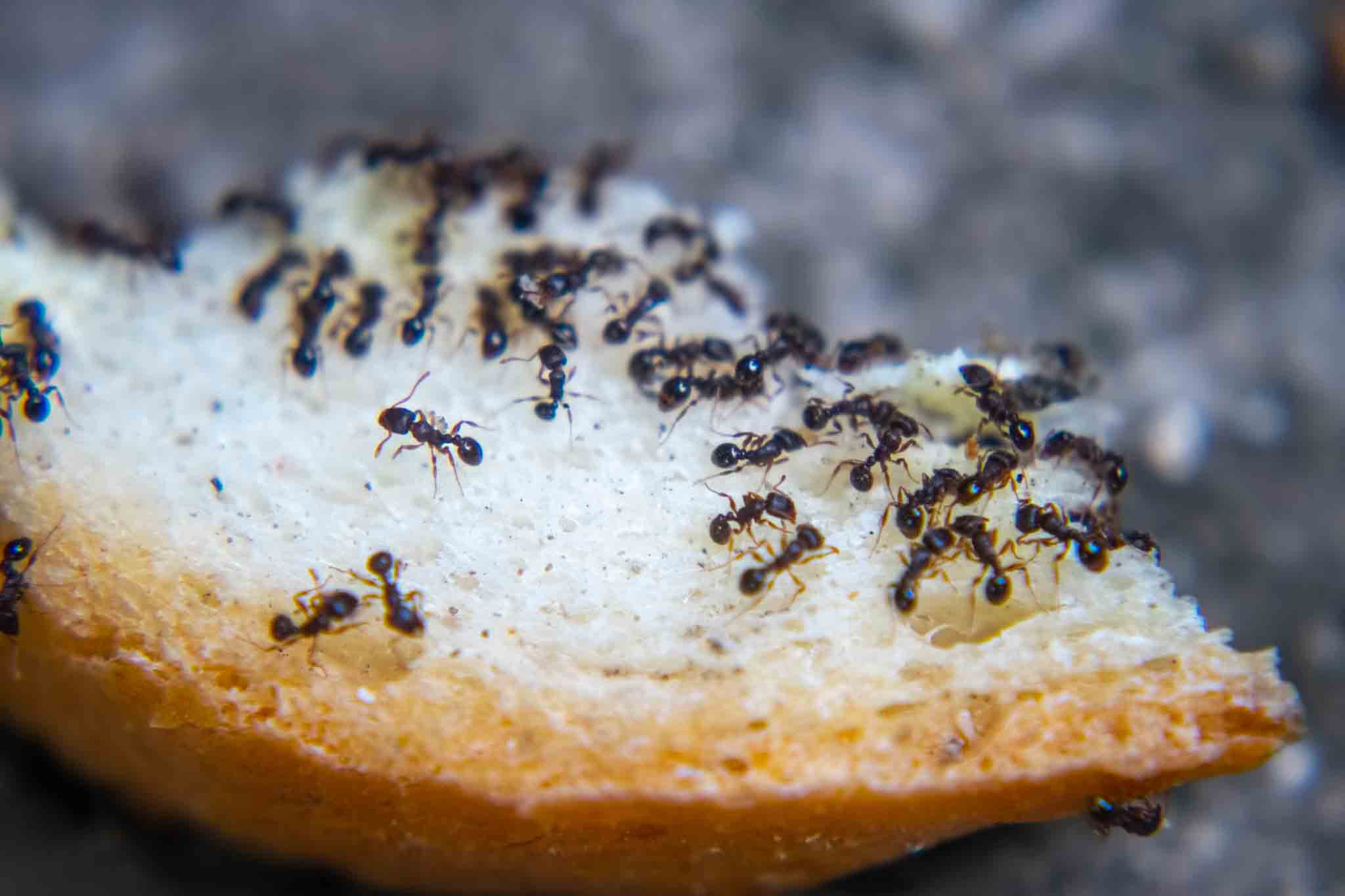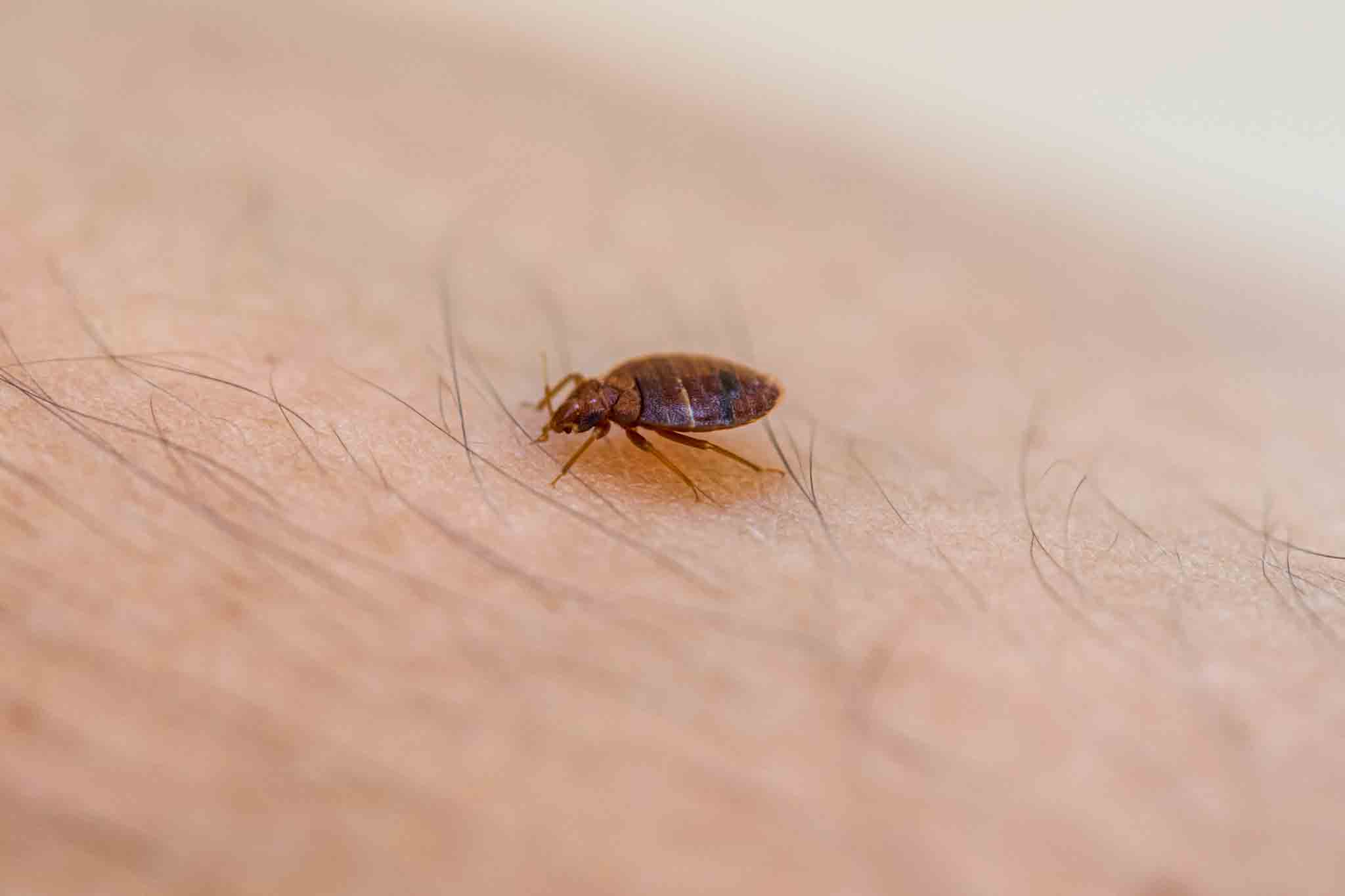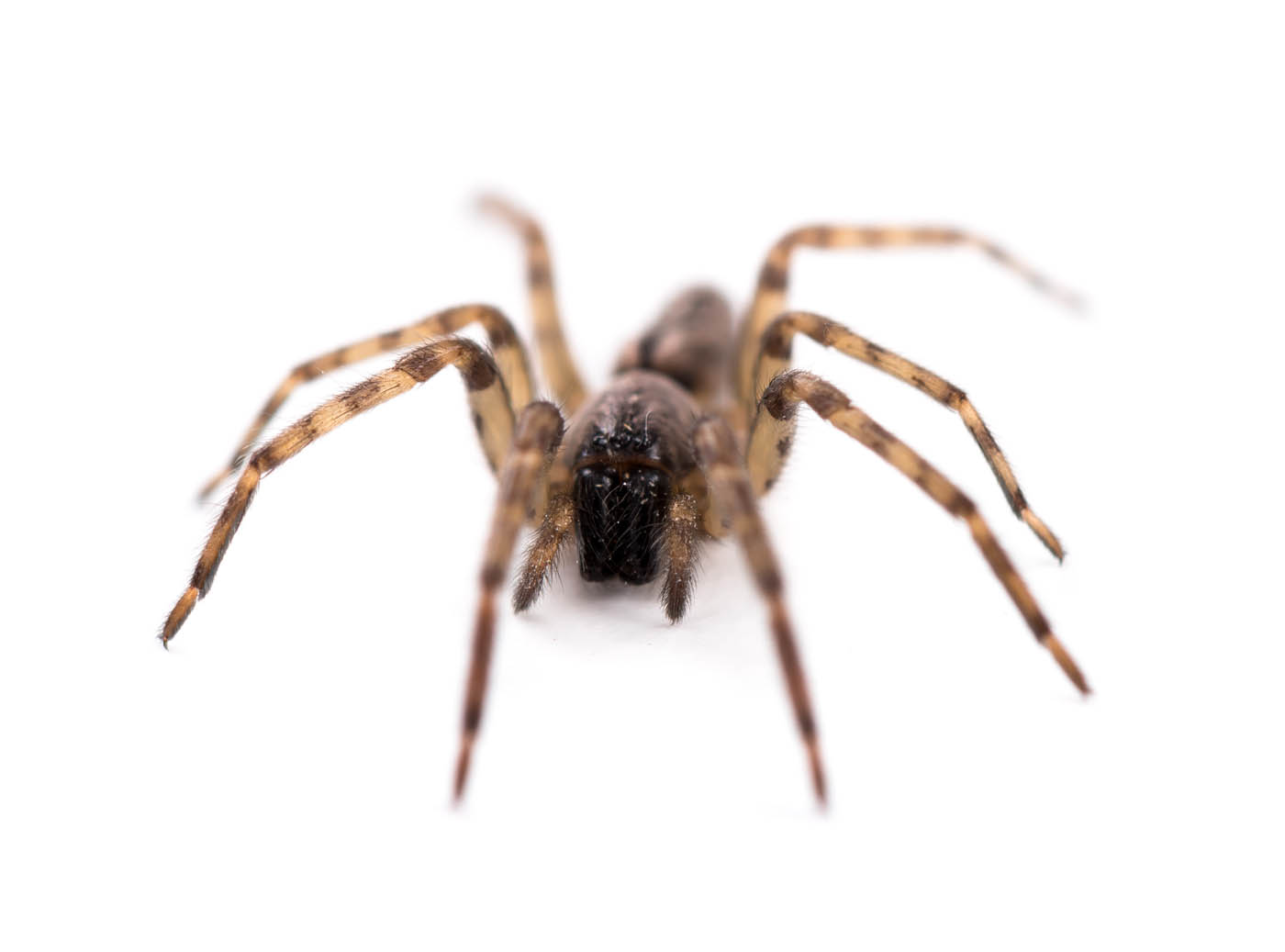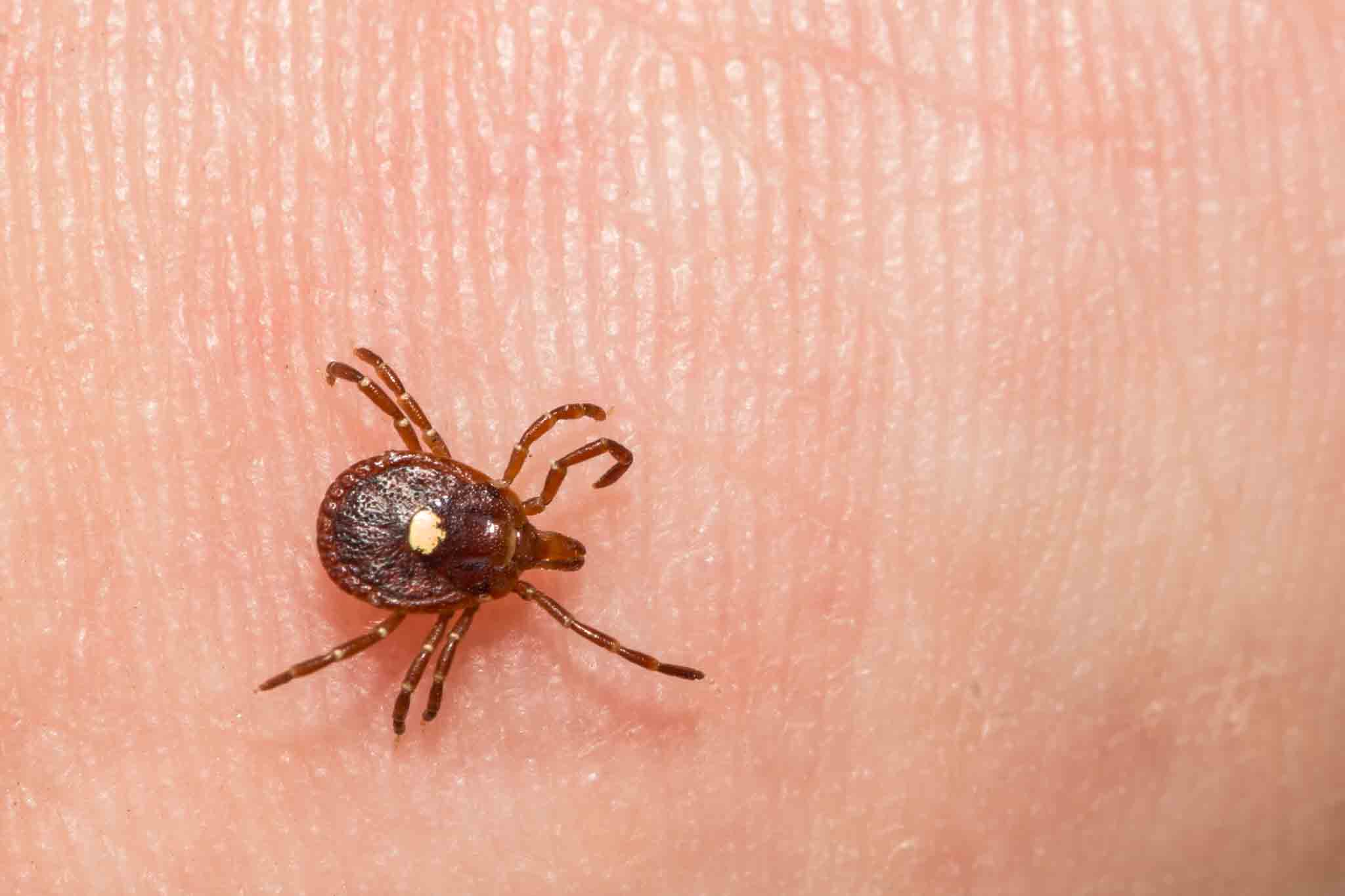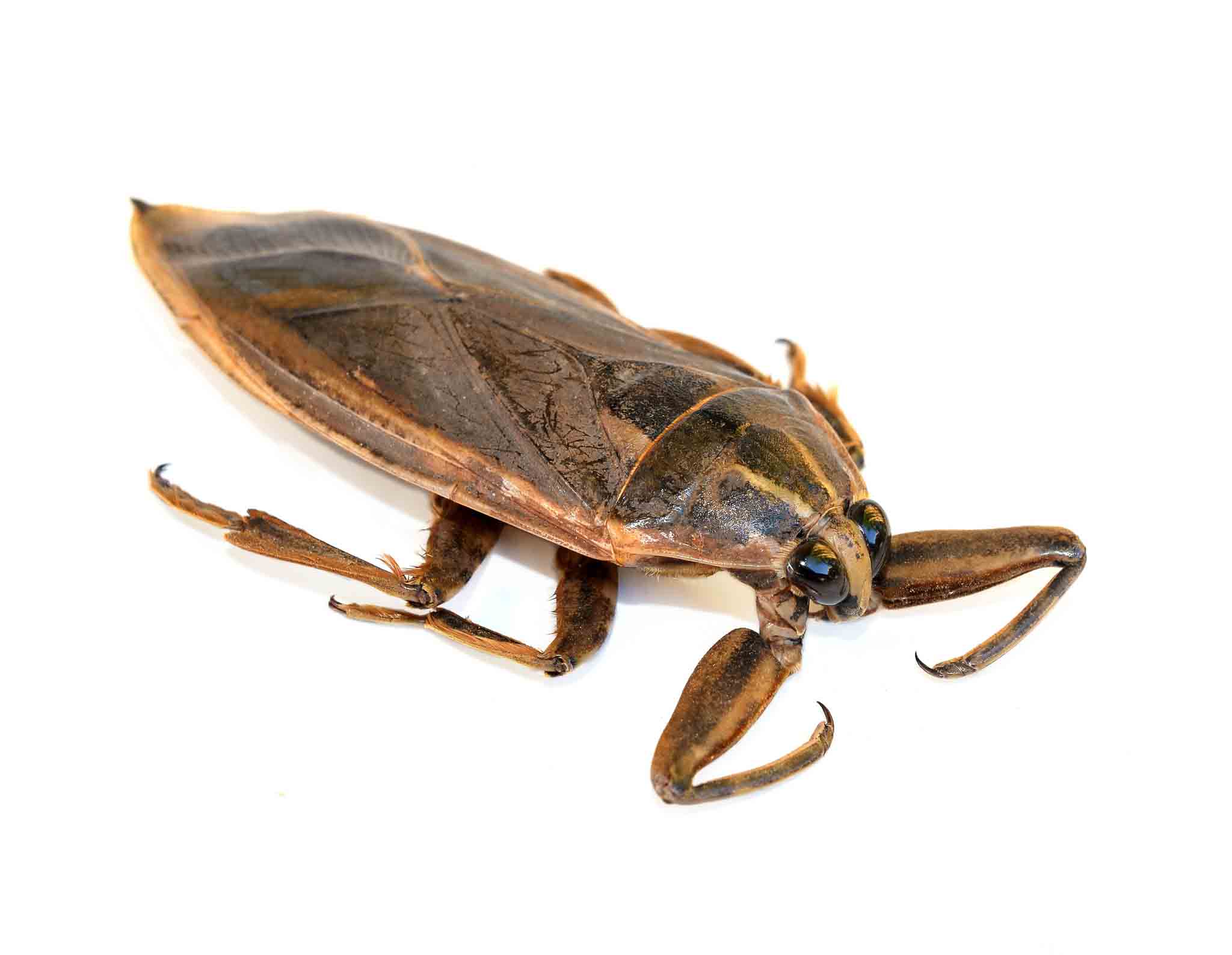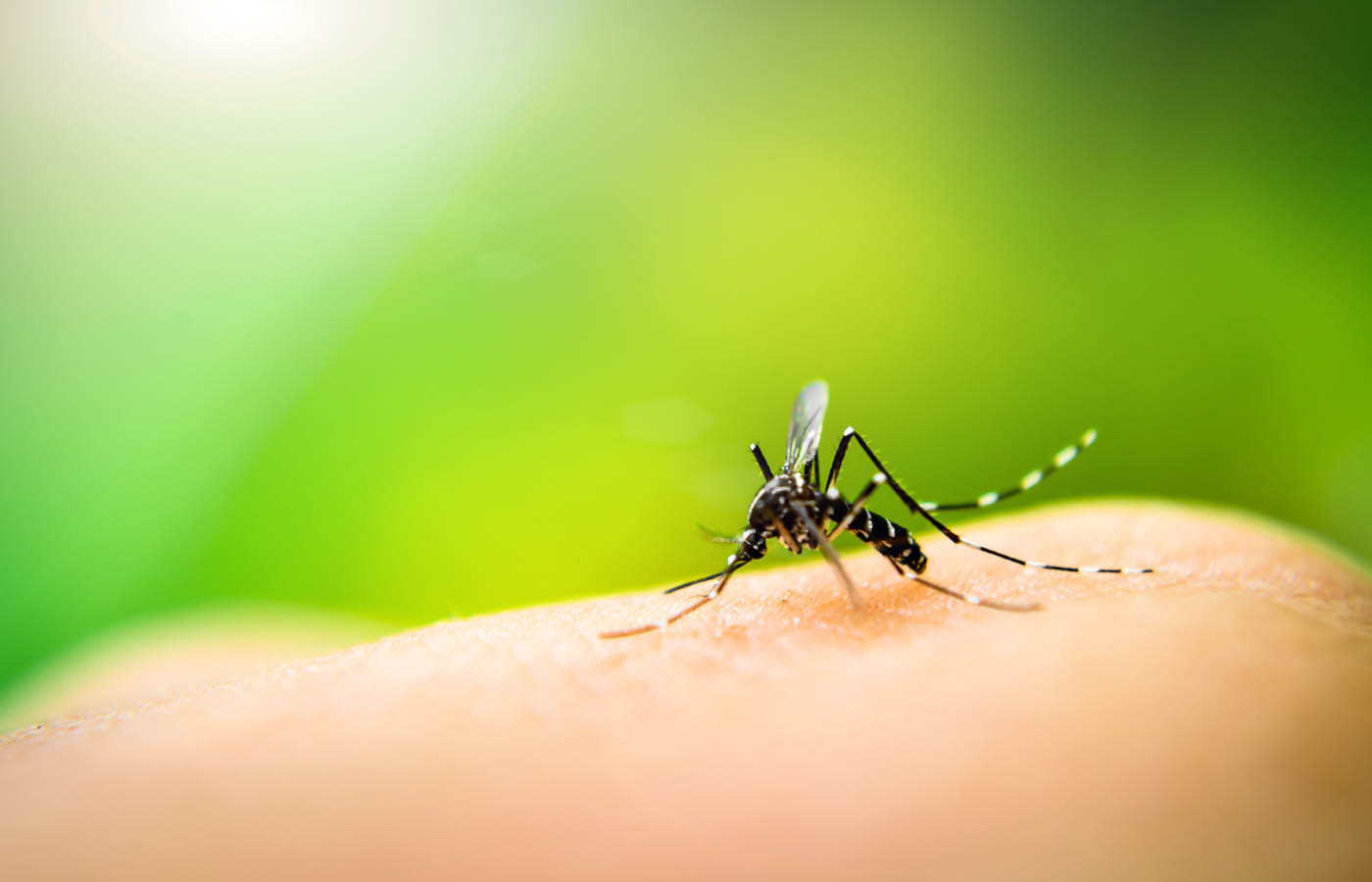
How to Keep Pests Out of Your Apartment Dec. 14th, 2012
Tips to Keep Pests Out of Your Place When discussing pests, we often focus on the needs of homeowners and what can be done to protect a house from damage and health concerns. Most of the tips and information that is provided can also be utilized by the millions upon millions of apartment dwellers, but it may be important to emphasize certain techniques that can be utilized to ensure a pest free apartment.
Read Post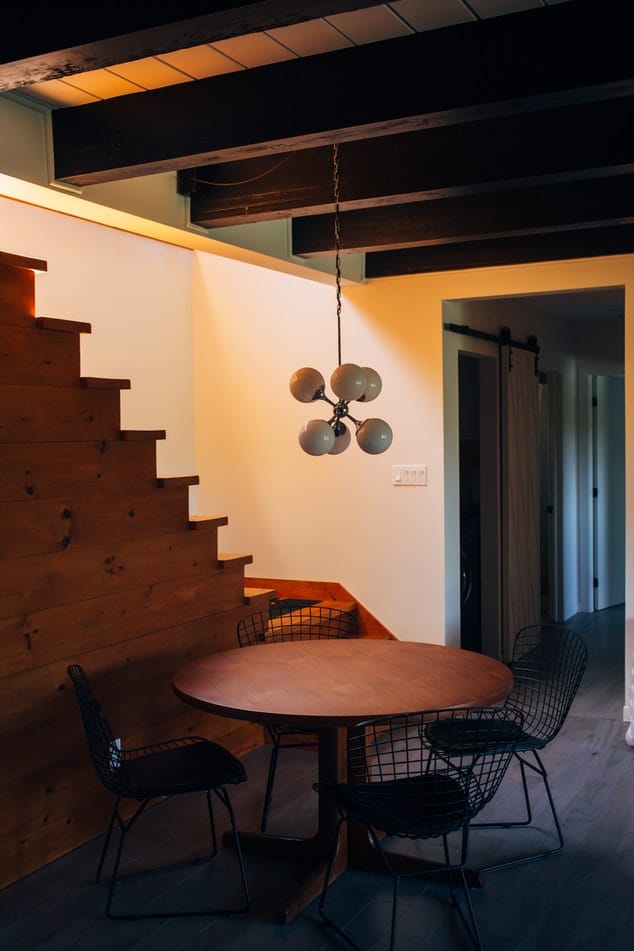
Keep Pests Out of Your Basement Dec. 6th, 2012
How to Keep Pests Out of the Basement A huge variety of bugs like to get inside your house and wreak havoc on your sanity. No area of your house is safe, whether it's your living room, bathroom, or kitchen. Some of them will even get inside the walls, making them very difficult to find. The basement is another area to be concerned with.
Read Post